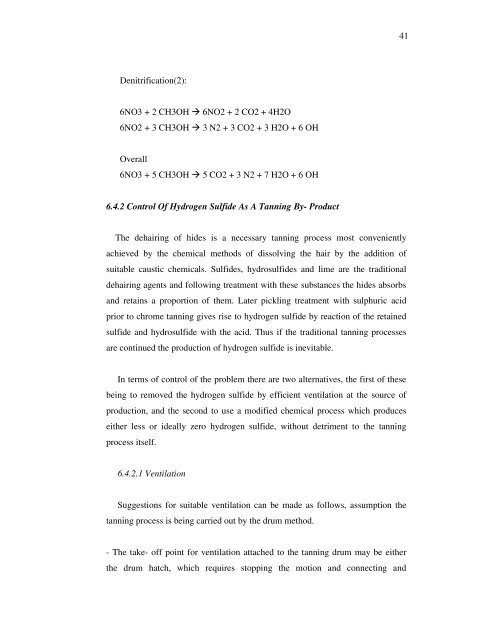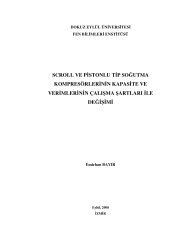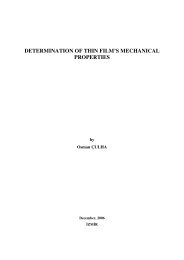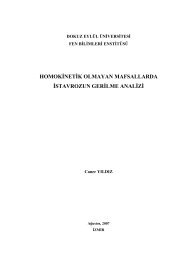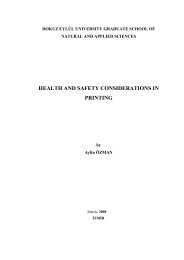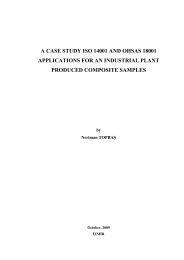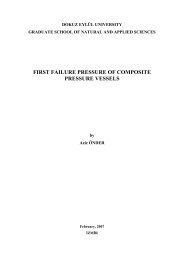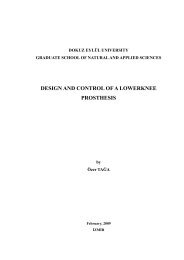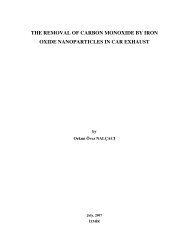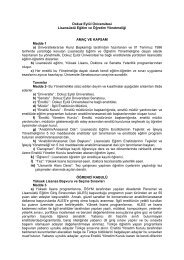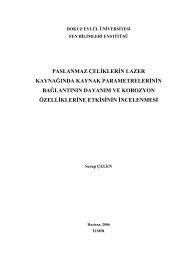WASTE MANAGEMENT IN LEATHER INDUSTRY
WASTE MANAGEMENT IN LEATHER INDUSTRY
WASTE MANAGEMENT IN LEATHER INDUSTRY
You also want an ePaper? Increase the reach of your titles
YUMPU automatically turns print PDFs into web optimized ePapers that Google loves.
4154Denitrification(2):6NO3 + 2 CH3OH 6NO2 + 2 CO2 + 4H2O6NO2 + 3 CH3OH 3 N2 + 3 CO2 + 3 H2O + 6 OHOverall6NO3 + 5 CH3OH 5 CO2 + 3 N2 + 7 H2O + 6 OH6.4.2 Control Of Hydrogen Sulfide As A Tanning By- ProductThe dehairing of hides is a necessary tanning process most convenientlyachieved by the chemical methods of dissolving the hair by the addition ofsuitable caustic chemicals. Sulfides, hydrosulfides and lime are the traditionaldehairing agents and following treatment with these substances the hides absorbsand retains a proportion of them. Later pickling treatment with sulphuric acidprior to chrome tanning gives rise to hydrogen sulfide by reaction of the retainedsulfide and hydrosulfide with the acid. Thus if the traditional tanning processesare continued the production of hydrogen sulfide is inevitable.In terms of control of the problem there are two alternatives, the first of thesebeing to removed the hydrogen sulfide by efficient ventilation at the source ofproduction, and the second to use a modified chemical process which produceseither less or ideally zero hydrogen sulfide, without detriment to the tanningprocess itself.6.4.2.1 VentilationSuggestions for suitable ventilation can be made as follows, assumption thetanning process is being carried out by the drum method.- The take- off point for ventilation attached to the tanning drum may be eitherthe drum hatch, which requires stopping the motion and connecting and


